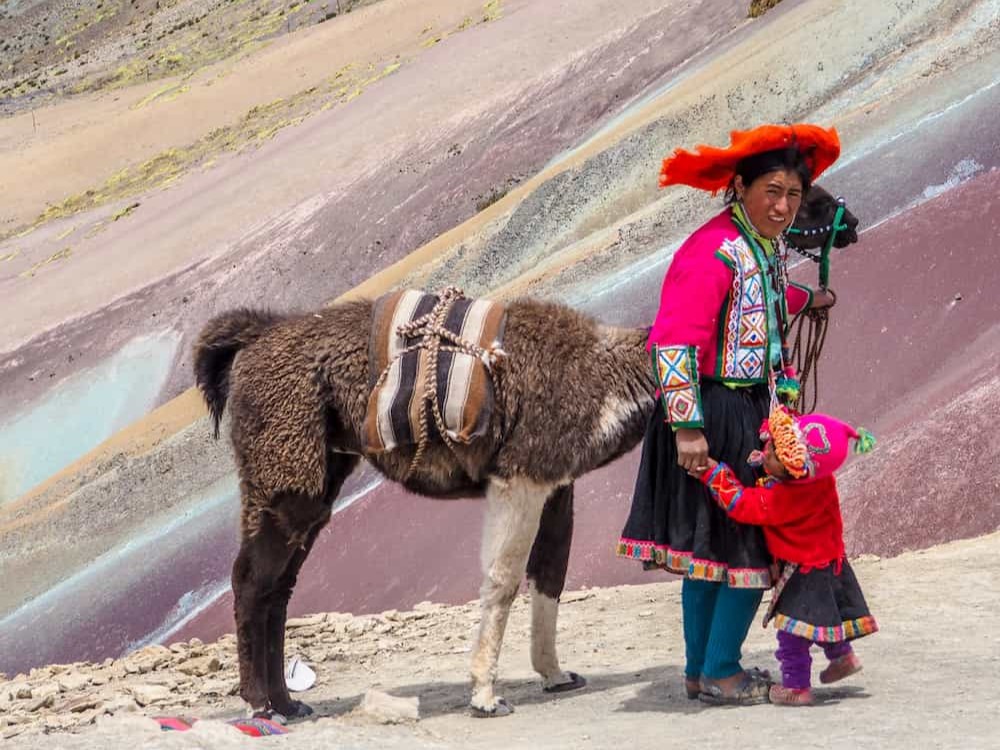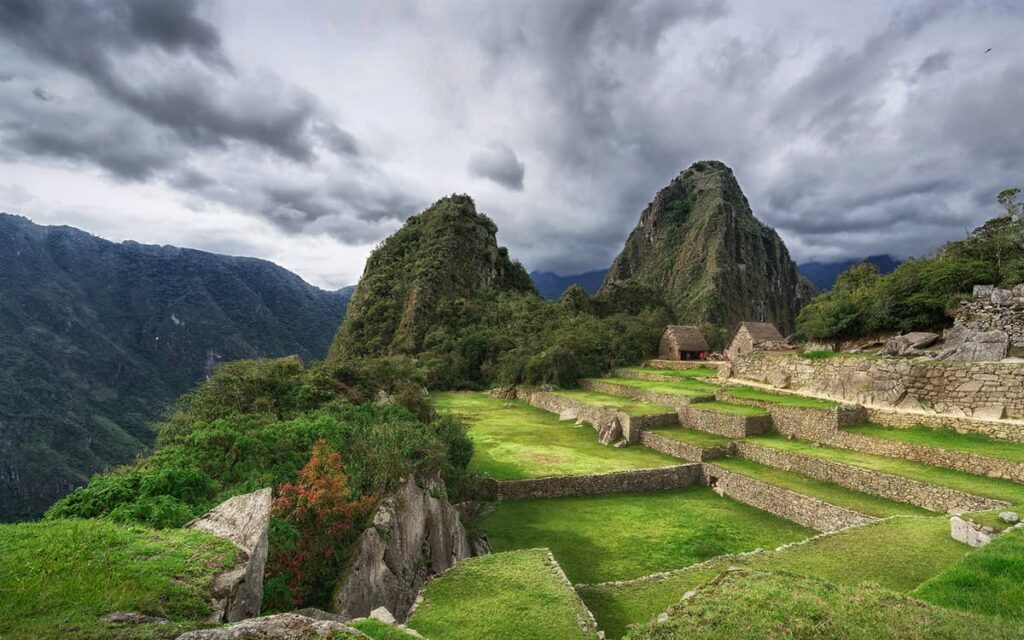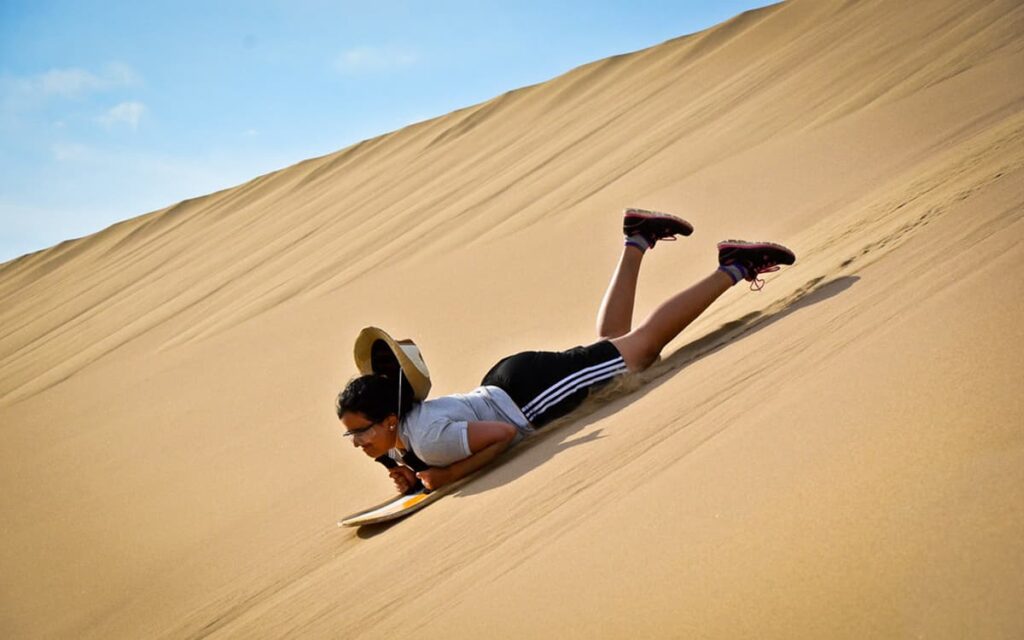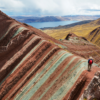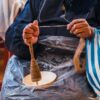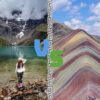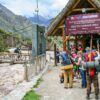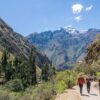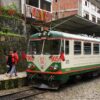The Minor Basilica, or the Cathedral of Puno, is a religious construction that is located in the city, province and region of Puno. This temple is a colonial building that was raised in the seventeenth century and was created under the protection of the Virgin of the Immaculate Conception. Today, the Minor Basilica of Puno is considered part of the Cultural Heritage of the Nation.
It is known, from the historical records in relation to this temple, that it began its construction in 1669, and that it was only completed almost at the end of the sixties of the next century. Although the building itself was completed in mid-1757, it is known that the temple has undergone a series of modifications throughout its history, among which the inclusion of the clock that we can currently appreciate in its frontis, as well as the placement of a new high altar.
Architecturally, the Cathedral of Puno, has a Latin cross-shaped floor plan consisting of a single nave. Structurally, one of the main materials for the construction of the temple was stone, an element that stands out especially in the beautiful facade that it presents; as well as in the atrium that the temple has and that presents a series of ten steps that lead towards the Plaza de Armas of the city.
Regarding the facade of the Cathedral of Puno, it is characterized by being carved in stone and by presenting a Romanesque style doorway. Flanking the façade are two beautiful towers that also serve as church steeples, one of which also features the temple clock.
In relation to the internal decoration of the temple, it has a series of pieces of religious art and priceless furniture, among these articles, the main altar of the cathedral stands out, which is made of marble. This altar has spiral columns, and as part of its decoration there is a silver front made by Eugenio Chávez; This main piece houses in its niches, the effigies of the Señor de la Bala and the Virgen de los Remedios, considered the oldest in the temple. As part of the internal decoration of the church, a series of canvases framed in golden frames that were made by Indians and mestizos of the country stand out.
Inside the church, there is also an area for burials, which is located next to the main altar. These species of catacombs house the remains of illustrious people from the region, such as the case of Monsignor Julio Gonzáles Ruiz, who was the bishop of Puno.
Whoever wants to know the beautiful cathedral of Puno, valuable for its history, and for the holy effigies that it houses inside, has to go to the main square of this district, which is only fifty meters away. The church is open to parishioners, from 7 am to noon, every day of the year, with favorable variations in the schedule on holidays and weekends.
Location
It is located on the west side of the Plaza de Armas, that is, in the very heart of the city.
Description
This monument is a representative exponent of the mestizo style. The physical configuration of the monument in terms of the plan and the dome, is in the Baroque style, typical of the 18th century.
It was built in the 18th century. Worked in stone by the Peruvian builder Simón de Asto, whose name is on the main portal and was built thanks to the help of the miners in this area.
The façade was sculpted by the Peruvian builder Simón de Asto, who smuggled into the façade the native Panti flowers that cure penalties.
The Cathedral of Puno was built on the Siege of the Devil. Construction was completed on May 25, 1757 and is a sample of the Spanish Baroque that includes Andean elements that give the monument a mestizo character.
One of the characteristics of the Cathedral of Puno is the spaciousness and simplicity inside. The marble high altar is the work of the architect Emilio Hart Terre.
Inside the Cathedral you can see paintings from different schools. The atrium has a staircase of ten steps that descend to the Plaza de Armas. In 1930, a fire destroyed the Cathedral and priceless carvings and figures were lost.
Inside, the images of the Virgen de los Remedios and the Lord of Quinario or the Lord of the Bala are venerated, which were taken to the highlands in the early years of the colony.
History of the Cathedral of Puno
The temple, which holds the rank of Minor Basilica, was built in the seventeenth century, after many inconveniences and incidents. Approximately, it is known, its completion took about 80 years. The data indicate that it began in 1709 and ended in 1794.
Erected in the so-called Supay Kancha or «fence of the devil», the Cathedral of Puno stands on the high side of the square, as a sample of the Spanish Baroque in clear syncretism with the Andean culture, which makes it have an evidently mestizo character.
The temple is monumental: it has two powerful romantic-style towers that, as the writer Washington Cano says, are “crowned by two steeples in a rather baroque style”; Its approximate height is 30 meters, its width 10 each and the central portal of 15 meters.
The scholar Alberto Parodi Isolabella says that the towers «enclose a facade of a very rich architectural style, almost Churrigueresque (by the Spanish architect Churriguera)», and that despite the fact that the facade was built with very hard basalt rock, the builders of the time they sculpted «an exquisite rocky lace.»
On the other hand, it is important to note that the name of Simón de Asto and the date of 1757 (when the façade was finished) appear inscribed on the central gate; meanwhile, that in the arch of one of the side doors you can see the date on which the cathedral was completed (1794).
Ramón Gutiérrez also reminds us that in the course of the decades, several wealthy miners contributed their contributions to the work, and that the bishop of La Paz, with notable experience in construction, had to be called upon to send architects from the Pomata Church to reinforce the constructions.
The interior of the Cathedral, it should be mentioned, is very sober. The main altar, which was totally destroyed in 1930, was replaced by one by the architect Emilio Hart Terré, in a discreetly modernizing style, inspired by the fundamental line of the facade of the Temple.
Outside the Cathedral, at its back, there is a small park, and in front of it, the important National College of Women of Santa Rosa de Lima, while to one side is the ancient premises of what was the renowned Seminario de San Ambrosio, today disappeared.
Attractions
It has a high marble altar, the work of the Architect Emilio Hart Terre. Two miraculous images are venerated: The Lord of the Quinario or the «Lord of the Bullet» and the Virgin of the Remedies.
The front of the interior of the Cathedral of Puno is made of silver and on the side walls you can see paintings from different schools (Cusqueña, Italian, etc.).
What to see in Puno?
Corregidor’s House
It is in the center of the City of Puno, so it is impossible to get lost on the way, in addition to being located next to the cathedral of Puno, some of its structures are very similar to the cathedral.
Inside the Corregidor’s house you will be able to participate and witness various cultural activities such as workshops, exhibitions, symposia, etc.
But in addition to that, you can also enjoy the Bar of the Casa del Corregidor.
Cerrito Huajsapata
It is considered as the natural viewpoint that you can see in Puno with the best location in the entire city, from this viewpoint you can see Lake Titicaca.
Some locals claim that it has a secret passage that connects El Mirador with the Temple of the Koricancha located in the city of Cusco.
Sillustani and the Lake of Umayo
As you can see in the photograph, the formation of this lake does not allow it to flow into any other place and is formed by the rivers and streams that deposit their waters there.
Therefore, the only way that the water that irrigates it flows or remains with the beauty that characterizes it is through the natural evaporation of it.
Pino Park
The name of this busy park is due to the fact that it was built 7 years after the end of the War with Chile.
For this reason, as a tribute to Dr. Manuel Pino, it was decided to put his last name and make a statue commemorating him, since he is considered a hero of this war.
Lake Titicaca
Lake Titicaca is considered the highest navigable lake in the world.
It is located within the Collao plateau in the Andes of the highlands that are located between Peru and Bolivia
The ecosystem that is formed around this lake amazes all tourists who have the privilege of knowing this beautiful place.
Taquile Island
Taquile Island is also part of the circuit formed by tourism agencies to visit the most beautiful places in Puno, it has a total area that reaches 11km2 and is inhabited by more than two thousand three hundred people.
Here they still preserve various ancestral customs of their ancestors and it is essential on this island to preserve the love of the land customs.
If you travel to Perú, we also recommend you to visit another impressive destinations in the city of Cusco like the tour to rainbow mountain peru or the humantay lake tour from cusco, which only takes one day. But if you are gonna to stay more days in Cusco, other archaeological places you can know will be the choquequirao trek peru, the salkantay trek to machu picchu, and the classic inca trail 4 days 3 nights.

